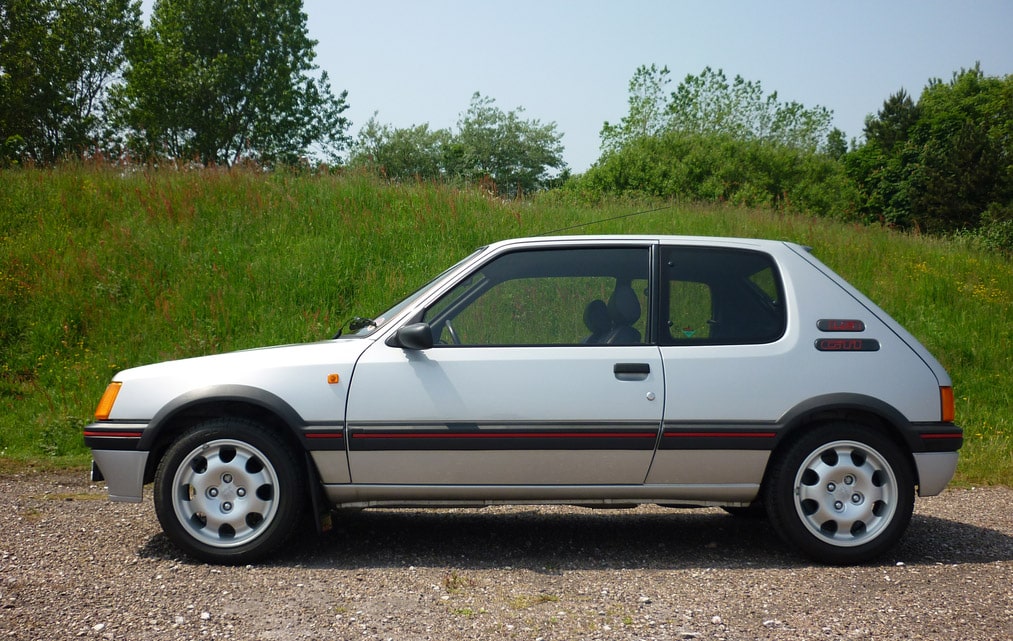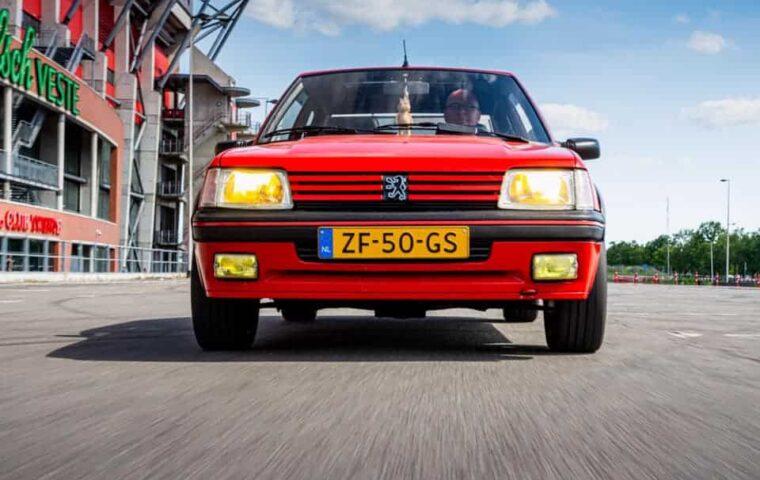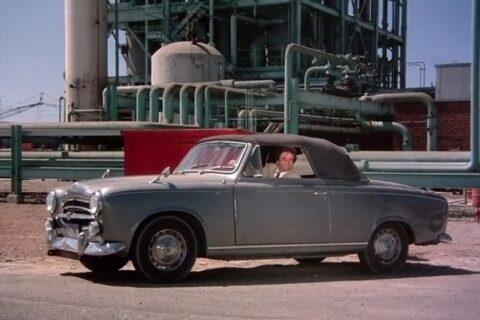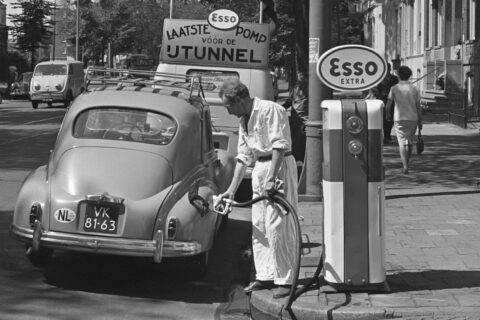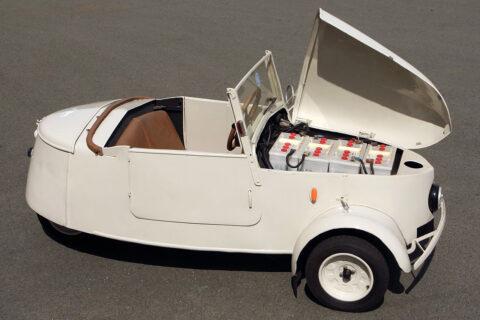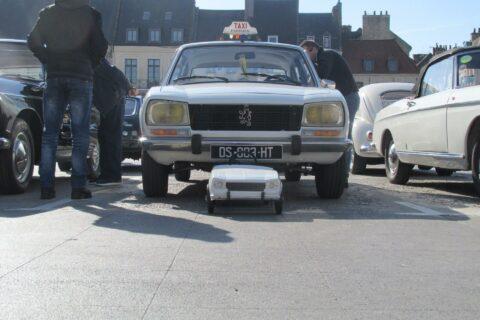On February 24, 1983, Peugeot introduced the 205. The model put the French brand on the map in the modern era. Not only with the product, also in the field of marketing and in motorsport. It is worth looking back: a story that represents the origins of a long line of successful Peugeot city cars.
When it comes to the history of a car, it’s also about the history of the people who developed it. For example, the Peugeot 205 is inextricably linked to Jean Boillot, a member of the Peugeot board of directors in the 1970s. In a difficult time for the brand, he came up with the ambitious project of a compact, multifunctional city car. A car that is as comfortable in the city as it is on country roads, suitable for a small family, but also affordable for the general public. In short, a car that had to meet many requirements

Peugeot Design vs Pininfarina
The Peugeot 205 was a big step in terms of design, technology and marketing. While most Peugeot models at the time were designed by the Italian design house Pininfarina, it was the house stylists led by Gérard Welter who won the internally organized design competition with their modern and fluid design. As ‘consolation’, Pininfarina was allowed to design the Peugeot 205 convertible.
The design of the Peugeot 205 impressed with several distinctive features that later appeared on other Peugeot models, such as the grille with horizontal bars and the band between the taillights. In addition, the interior was designed by Paul Bracq, a well-known name in the car design world who was a member of Peugeot’s design studio at the time.
First sporty diesel
The introduction of the Peugeot 205 also marked Peugeot’s entry into the modern era. The 205 was compact but spacious, economical and affordable, practical thanks to its hatchback body and ready for all needs. It was also Peugeot’s first model with torsion bars at the rear to create more space in the passenger compartment.
The Peugeot 205 was even the first model to be supplied with the new generation of XU engines and, with the XUD7 engine, was the first small French diesel car on the market. In addition, this 60 hp 1,769 cm3 four-cylinder diesel engine offered the same performance as the petrol engines of the competition, but with a significantly lower fuel consumption of 3.9 l/100 km.
From 45 to 200 horsepower
The Peugeot 205 was the brand’s first compact car with such a varied engine range, with power outputs ranging from 45 to 200 hp. It was available with an automatic transmission, which was very unusual in that class at the time. From the introduction of the Peugeot 205 in 1983, the model was available with a choice of a petrol engine and a diesel engine. The following year, the three-door variant was added to the range, as were the 205 GTi and Turbo 16.
Many more followed, ranging from the affordable Peugeot 205 Junior with denim seat upholstery to the more luxurious Lacoste and Gentry versions.
205 a strong number
The success and brand awareness of the Peugeot 205 was partly due to the advertising campaign. From the market launch in 1983, the advertising slogan ‘205 a strong number’ was everywhere. Also in TV commercials that were effective and modern, like the James Bond-esque movie where the Peugeot 205 is chased by a military plane and bombed on a frozen lake. This famous commercial was directed by Gérard Pirès, who a few years later would make the feature film Taxi starring the Peugeot 406.
Motorsport
Motorsport was seen as a means of promoting the make and model. Led by Jean Todt, Peugeot entered the Group B class of the World Rally Championship (WRC) in 1984 with the Peugeot 205 Turbo 16.
In the first season driver Ari Vatanen impressed by winning three rallies. The line was continued, after which the Peugeot 205 Turbo 16 secured the constructors’ title in both 1985 and 1986 and Timo Salonen (1985) and Juha Kankkunen (1986) became drivers’ champions. When the Group B rally category came to an end in 1986, Jean Todt suggested the idea of entering the Paris-Dakar rally with the 205 T16. That challenge was accepted, after which the Peugeot 205 T16 was specially adapted for the grueling Dakar rally and then crossed the line as the winner in 1987 (Ari Vatanen) and 1988 (Juha Kankkunen).
In the first season driver Ari Vatanen impressed by winning three rallies. The line was continued, after which the Peugeot 205 Turbo 16 secured the constructors’ title in both 1985 and 1986 and Timo Salonen (1985) and Juha Kankkunen (1986) became drivers’ champions. When the Group B rally category came to an end in 1986, Jean Todt suggested the idea of entering the Paris-Dakar rally with the 205 T16. That challenge was accepted, after which the Peugeot 205 T16 was specially adapted for the grueling Dakar rally and then crossed the line as the winner in 1987 (Ari Vatanen) and 1988 (Juha Kankkunen).






